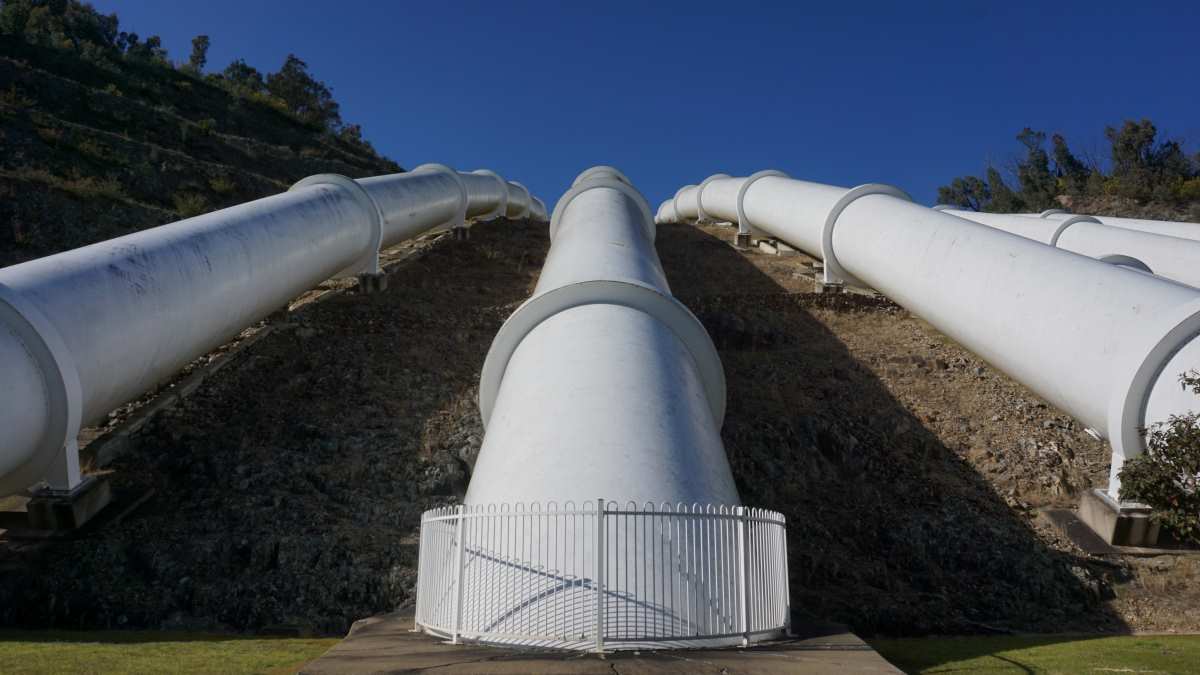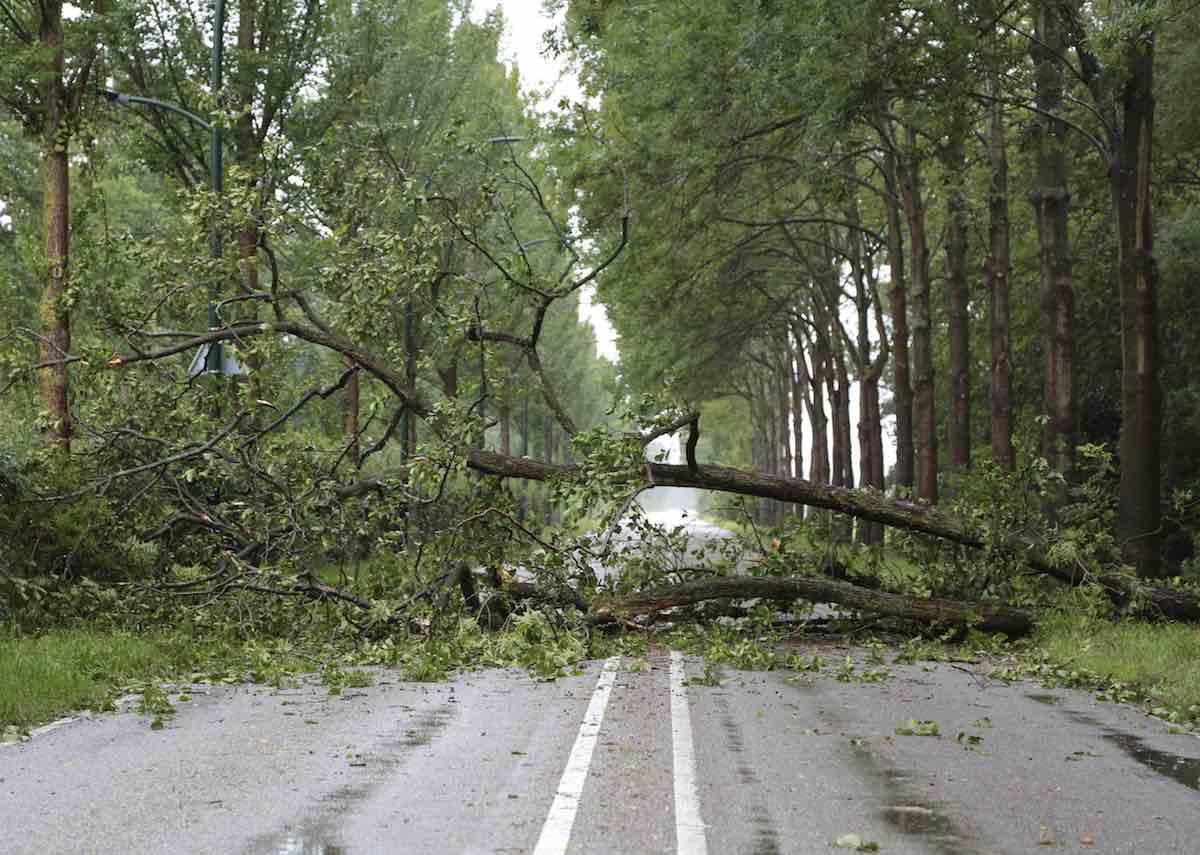I risultati di una ricerca dei ricercatori della Ohio State University in collaborazione con altre tre Università americane, che sarà pubblicata nella rivista “Proceedings of the National Academy of Science, mostra che la fusione dei ghiacciai delle catene montuose dell’area intertropicale, come l’Hymalaia e le Ande, sta procedendo ad una velocità record che non si era mai verificata negli ultimi 5000 anni, a causa del veloce riscaldamento climatico globale di questi ultimi 50 anni.
La ricerca è stata eseguita con 50 spedizioni scientifiche, su sette ghiacciai sud americani (tra cui anche quelli del Perù e della Bolivia) ed asiatici (tra cui anche quelli cinesi), tenuti sotto controllo per 30 anni in 28 postazioni diverse. La ricerca è stata condotta attraverso lo studio delle carote di ghiaccio prelevate nelle varie postazioni e nei diversi anni. Lo studio delle carote è stato effettuato con tecniche radioisotopiche per misurare il rapporto di equilibrio tra due isotopi radioattivi dell’ossigeno contenuto nelle molecole di acqua: l’ossigeno 16 e l’ossigeno 18. Il rapporto fra gli isotopi dell’ossigeno permette, infatti, di stabilire la temperatura dell’aria al momento in cui l’acqua si è ghiacciata e si è via via accumulata nei ghiacciai.
I risultati hamnno permesso di avere un panorama piuttosto dettagliato sia nello spazio che nel tempo degli ultimi 2.000 anni, tanto che è possibile distinguere anche il riscaldamento medioevale (tra il 700 ed il 1000 d.C.) alle latitudini tropicali e l’andamento della piccola età glaciale (attorno al 1600 d.C.) alle stesse latitudini.
Da questo panorama dettagliato appare evidente che, soprattutto in questi ultimi 50 anni, lo scioglimento dei ghiacci ha assunto una accelerazione eccezionale non riscontrata mai precedentemente. Gli studi sulle carote di ghiaccio vengono confermate dagli studi geologici e botanici che hanno verificato il rapido arretramento dei ghiacciai ed hanno portato alla scoperta nei ghiacciai del Perù, di numerose piante che erano rimaste congelate nel ghiaccio per 5.000-6.000 anni, come hanno certificato le misure di carbonio 14, e che ora sono sulla nuda roccia anche a distanza notevole dal fronte del ghiacciaio.
Ma non è tutto. Con l’aumento della temperatura media globale, lo spessore che denota gli accumuli di ghiaccio nelle carorte è notevolmente diminuito nei decenni più recenti. Ciò significa che le precipitazione alle latitudini intertropicali sono diminuite e non sono state in grado di compensato la quantità di ghiaccio che via via si è sciolta, contrariamente a quanto succede nelle zone polari dove, invece, sono aumentati gli accumuli nei ghiacciai posti a più alta quota delle zone più interne della Groenlandia e dell’Antartide.
Infine, le portate dei fiumi e dei corsi d’acqua che si originano da tali ghiacciai sono in aumenta e provocano, a loro volta, un aumento della frequenza e della intensità delle inondazioni a valle.
Lo scioglimento rapido dei ghiacciai dell’Asa e del sud Ameria rappresenta una seria minaccia non solo per l’innalzamento del livello del mare, ma come sorgente vitale di acqua dolce che in futuro verrà a mancare per milioni di persone che vivono a quelle latitudini e che dipendono dai corsi d’acqua originati da tali ghiacciai. E non solo per loro. Non dimentichiamo, dicono i ricercatori, che il 70% della popolazione mondiale è concentrata nella fascia intertropicale.
di Vincenzo Ferrara
Qui di seguito il comunicato della Ohio State University
Ulteriori informazioni:
http://researchnews.osu.edu/archive/lonniepnas.htm
29 giugno 2006
———————-
First Compilation of Tropical Ice Cores Shows Abrupt Global Climate Shift
Ohio State University: Mon 26-Jun-2006, 17:00 ET
For the first time, glaciologists have combined and compared sets of ancient climate records trapped in ice cores from the South American Andes and the Asian Himalayas to paint a picture of how climate has changed – and is still changing – in the tropics.
Their conclusions mark a massive climate shift to a cooler regime that occurred just over 5,000 years ago, and a more recent reversal to a much warmer world within the last 50 years.
The evidence also suggests that most of the high-altitude glaciers in the planet’s tropical regions will disappear in the near future. The paper was included in the current issue of the journal Proceedings of the National Academy of Science.
Lastly, the research shows that in most of the world, glaciers and ice caps are rapidly retreating, even in areas where precipitation increases are documented. This implicates increasing temperatures and not decreasing precipitation as the most likely culprit.
The researchers from Ohio State University’s Byrd Polar Research Center and three other universities combined the chronological climate records retrieved from seven remote locations north and south of the equator. Cores drilled through ice caps and glaciers there have captured a climate history of each region, in some cases, providing annual records and in others decadal averages.
“Approximately 70 percent of the world’s population now lives in the tropics so when climate changes there, the impacts are likely to be enormous,” explains Lonnie Thompson, professor of geological sciences at Ohio State.
For the last three decades, Thompson has led nearly 50 expeditions to remote ice caps and glaciers to drill cores through them and retrieve climate records. This study includes cores taken from the Huascaran and Quelccaya ice caps in Peru; the Sajama ice cap in Bolivia; the Dunde, Guliya, Puruogangri and Dasuopu ice caps in China.
For each of these cores, the team — including research partner Ellen Mosley-Thompson, professor of geography at Ohio State – extracted chronological measurements of the ratio of two oxygen isotopes — O18 and O16 — whose ratio serves as an indicator of air temperature at the time the ice was formed. All seven cores provided clear annual records of the isotope ratios for the last 400 years and decadally averaged records dating back 2000 years.
“We have a record going back 2,000 years and when you plot it out, you can see the Medieval Warm Period (MWP) and the Little Ice Age (LIA),” Thompson said. During the MWP, 70O to 1000 years ago, the climate warmed in some parts of the world. The MWP was followed by the LIA, a sudden onset of colder temperatures marked by advancing glaciers in Europe and North America.
“And in that same record, you can clearly see the 20th Century and the thing that stands out – whether you look at individual cores or the composite of all seven – is how unusually warm the last 50 years have been.
“There hasn’t been anything in the record like it – not even the MWP,” Thompson said.
“The fact that the isotope values in the last 50 years have been so unusual means that things are dramatically changing. That’s the real story here.”
While the isotope evidence is clear throughout all of the cores, Thompson says that the more dramatic evidence is the emergence of unfossilized wetland plants around the margin of the Quelccaya ice cap, uncovered as the ice retreated in recent years.
First discovered in 2002, the researchers have since identified 28 separate sites near the margin of the ice cap where these ancient plants have been exposed. Carbon-dating revealed that the plants range in age from 5,000 to 6,500 years old.
“This means that the climate at the ice cap hasn’t been warmer than it is today in the last 5,000 years or more,” Thompson said. “If it had been, then the plants would have decayed.”
The researchers say a major climate shift around 5,000 years ago in the tropics had to have cooled the region since the ice cap quickly expanded and covered the plants. The fact that they are now being exposed indicates that the opposite has occurred – the region has warmed dramatically, causing the ice cap to quickly melt.
The role of precipitation in the global retreat of alpine glaciers may have been clarified by this study. Some researchers, convinced that a reduction in local precipitation is causing their retreat, have been skeptical about the role of rising temperatures.
“While all the glaciers we have measured throughout the tropics are retreating, the local precipitation at all of these sites but one, has increased over the last century,” Thompson said. “That means that the retreat of the ice is driven mainly by rising temperatures.”
Changes in the oxygen isotope ratios over the past 100 years have also pointed to temperature, rather than precipitation, as the engine driving glacial retreat, he said.
“Tropical glaciers are the ‘canaries in the coal mine’ for our global climate system,” he says, “as they integrate and respond to most of the key climatological variables – temperature, precipitation, cloudiness, humidity and radiation.”
Thompson said that the evidence arising from the tropics is particularly important. “The uniformity of the climate in the tropics makes these kinds of records so critical since they tell us what is happening to global temperatures.
“What this is really telling us is that our climate system is sensitive, it can change abruptly due to either natural or to human forces,” he said. “If what happened 5,000 years ago were to happen today, it would have far-reaching social and economic implications for the entire planet.
“The take-home message is that global climate can change abruptly, and with 6.5 billion people inhabiting the planet, that’s serious.”
———————–
Support for the research came from NSF, NOAA and Ohio State.
Ohio State University
Research Communications
1125 Kinnear Rd.
Columbus, OH 43212-1153
United States
Phone 614-292 8384
Fax 614-292-0154





























